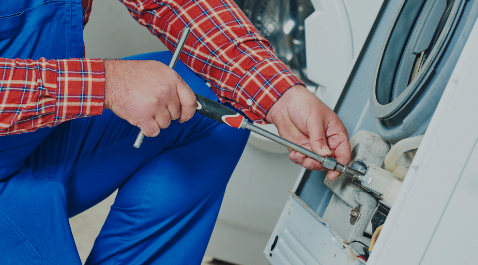Greatest Consumer Expectations For Appliance Lifespan

In the fast-paced world of consumer electronics and home appliances, consumers have developed distinct expectations regarding the lifespan of their purchases. As technology advances and markets evolve, it becomes crucial to delve into the factors that influence these expectations. This comprehensive exploration aims to dissect the key elements shaping consumer perceptions and demands when it comes to the durability and longevity of appliances.
The Evolution of Consumer Mindset
1. Historical Perspectives
Consumer attitudes towards appliance lifespan have evolved over time. In the past, the expectation was often aligned with the concept of “built to last,” where appliances were considered long-term investments. Understanding this historical perspective sets the stage for comprehending the shifts in contemporary expectations.
2. Modern Influences
In the present day, the rapid pace of technological innovation and the prevalence of disposable consumer goods have contributed to a shift in mindset. Consumers are often faced with the dilemma of choosing between the latest features and long-lasting reliability. Unpacking the impact of modern influences on consumer expectations is essential for manufacturers and policymakers.
Factors Shaping Appliance Lifespan Expectations
1. Quality and Craftsmanship
The cornerstone of consumer satisfaction lies in the quality and craftsmanship of appliances. A deep dive into the manufacturing processes and standards sheds light on how these factors influence the perceived lifespan of products. Consumers increasingly demand transparency and accountability in these aspects.
2. Technological Advancements
As appliances become smarter and more sophisticated, consumers expect a commensurate increase in lifespan. The interplay between technological advancements and durability is a critical aspect that defines consumer choices. Balancing innovation with reliability is a challenge that manufacturers grapple with in meeting consumer expectations.
3. Environmental Considerations
With growing environmental awareness, consumers are placing greater emphasis on sustainability and eco-friendliness. Understanding how these considerations intersect with expectations for appliance lifespan is pivotal for both manufacturers and consumers navigating the landscape of conscious consumption.
Challenges and Opportunities for Manufacturers
1. Planned Obsolescence Debate
The concept of planned obsolescence has been a contentious issue in the consumer electronics industry. Examining the debate surrounding planned obsolescence provides insights into how manufacturers can address concerns and align their practices with consumer expectations.
2. Warranty Programs and Customer Service
Manufacturers have a crucial role in managing consumer expectations through warranty programs and customer service. Analyzing the effectiveness of these mechanisms in building trust and satisfaction among consumers is paramount in understanding the post-purchase phase of the consumer journey.
Navigating Consumer Education and Communication
1. Providing Clear Information
Consumer education is integral in aligning expectations with reality. Manufacturers must invest in transparent communication regarding the expected lifespan of their products. Analyzing how effectively information is disseminated and understood by consumers is pivotal for fostering trust.
2. Social Media and Online Reviews
In the digital age, social media and online reviews play a significant role in shaping consumer perceptions. Exploring the impact of user-generated content on appliance lifespan expectations provides manufacturers with valuable insights into areas for improvement and innovation.
The Future Landscape of Appliance Lifespan Expectations
1. Emerging Trends
Anticipating the future demands of consumers involves examining emerging trends. Whether it be the rise of modular and repairable designs or the integration of artificial intelligence for predictive maintenance, understanding these trends positions manufacturers to stay ahead in meeting evolving expectations.
2. Regulatory Landscape
As governments worldwide focus on consumer protection and sustainable practices, the regulatory landscape is evolving. Navigating the intersection of regulations and consumer expectations is crucial for manufacturers seeking to thrive in a responsible and accountable marketplace.
Conclusion: Meeting the Ever-Changing Demands
In conclusion, consumer expectations for appliance lifespan are dynamic, influenced by historical perspectives, modern influences, and emerging trends. Manufacturers face the challenge of balancing innovation with reliability, addressing environmental considerations, and navigating the complexities of planned obsolescence. By understanding these multifaceted factors and actively engaging in transparent communication, manufacturers can build lasting relationships with consumers and shape a future where appliances meet both technological and durability expectations.




